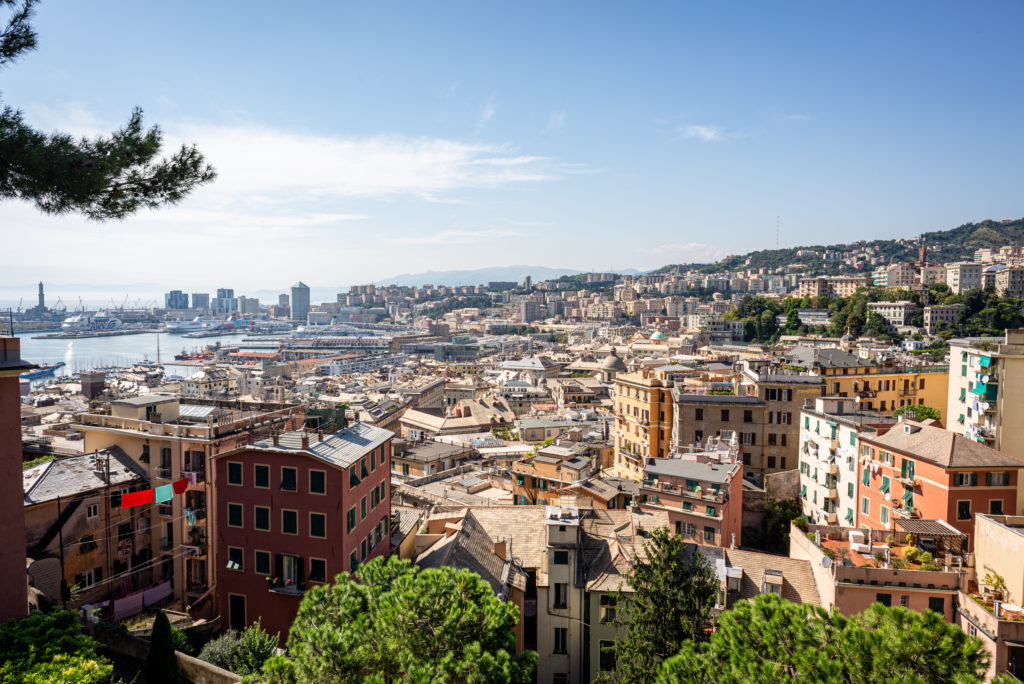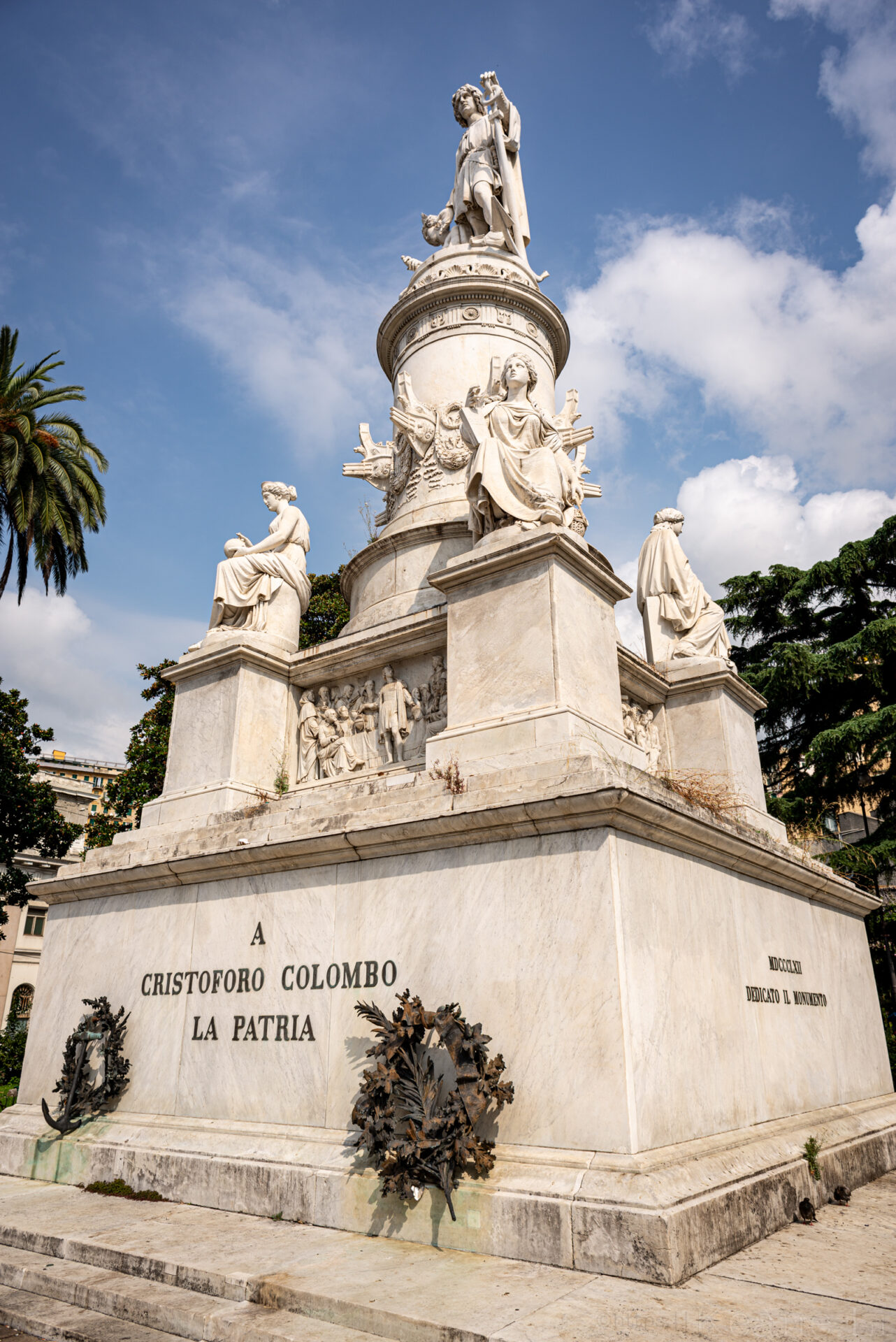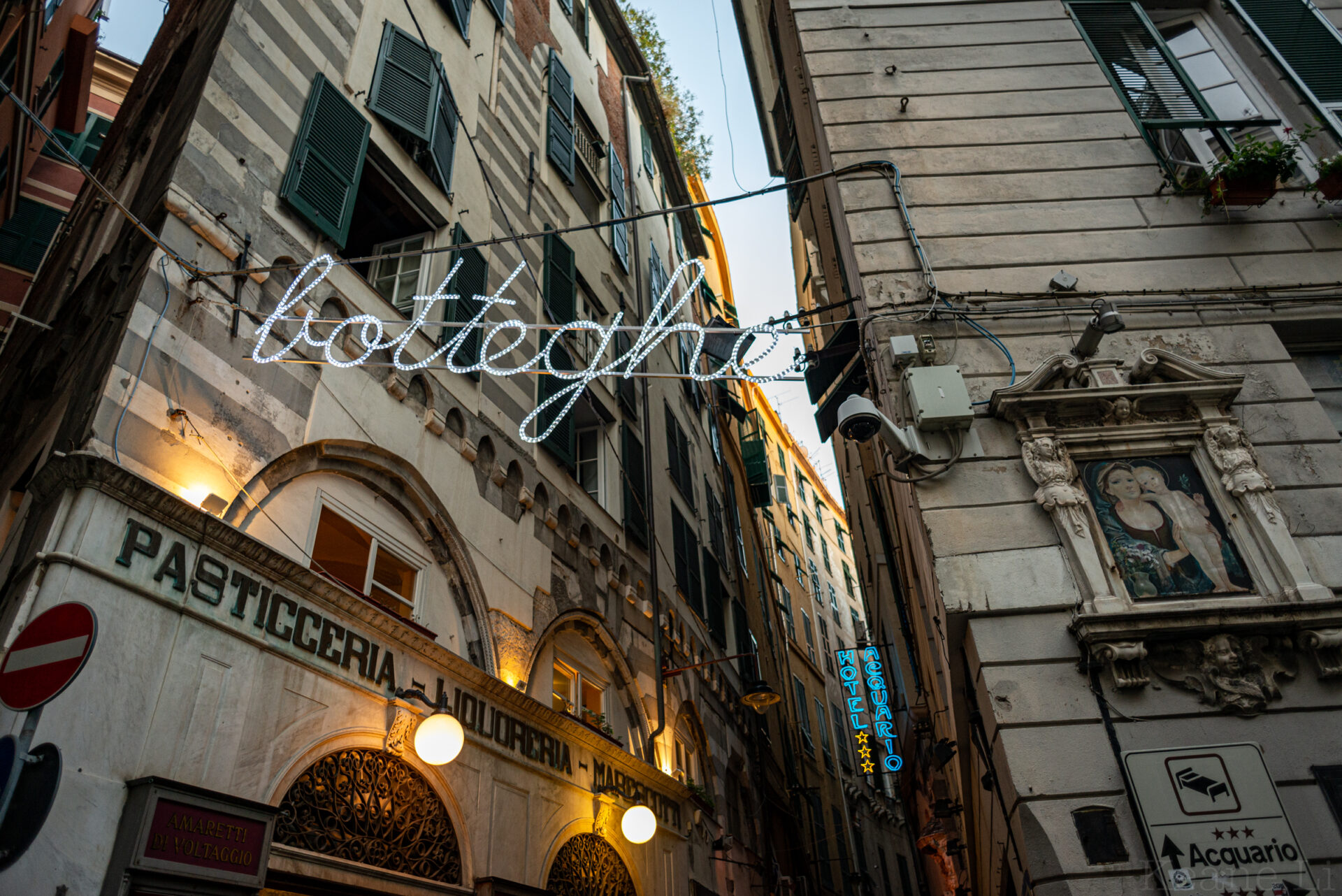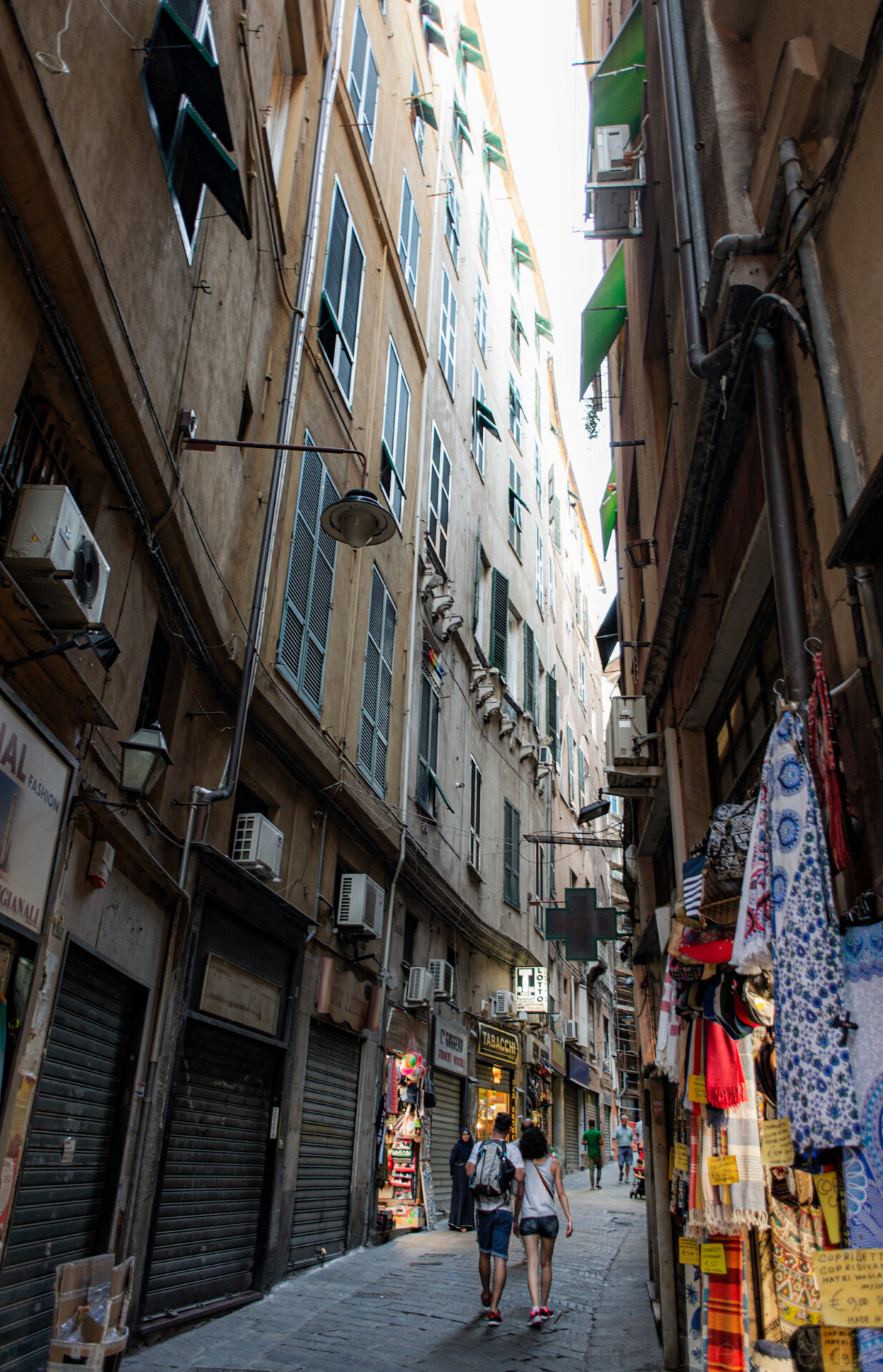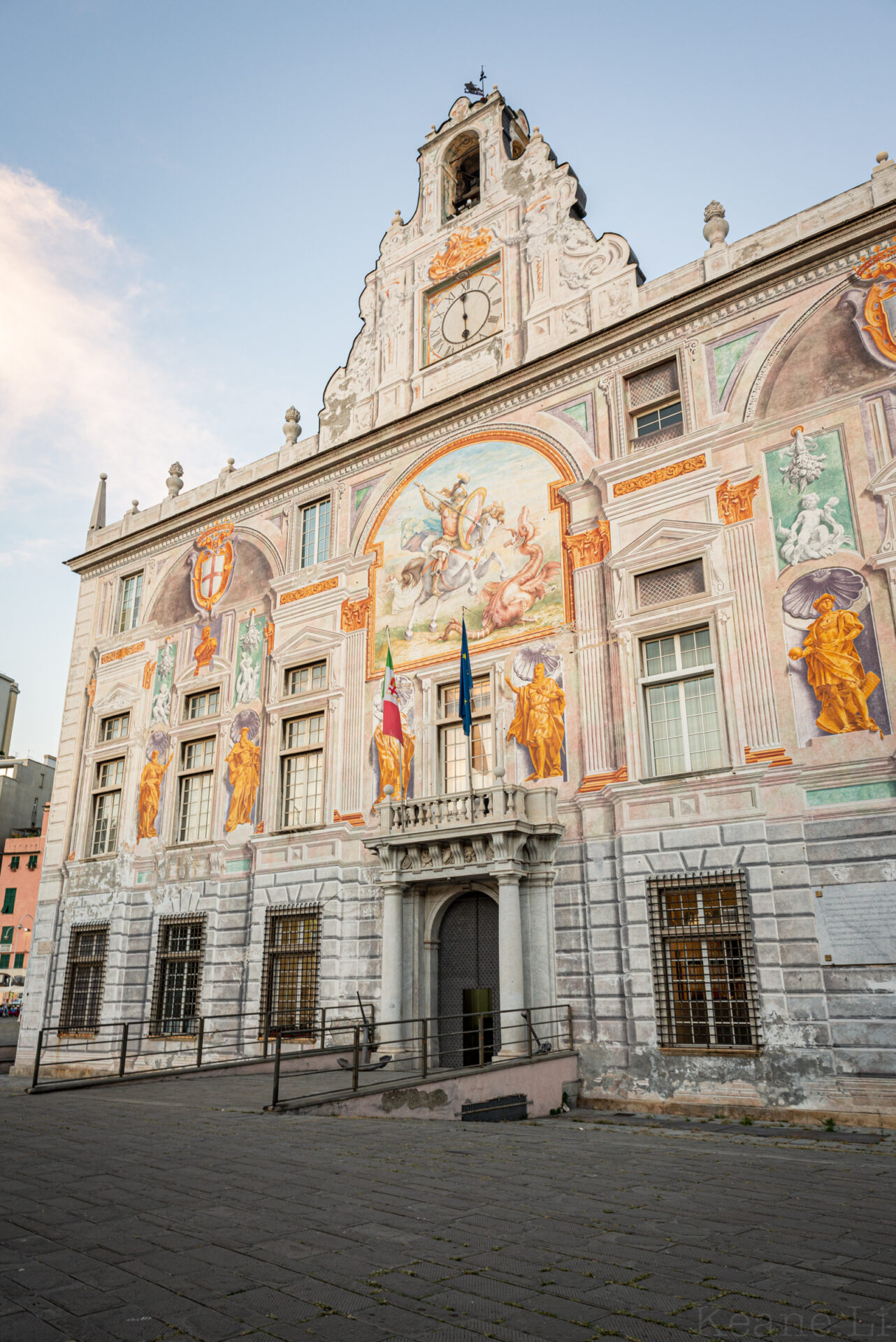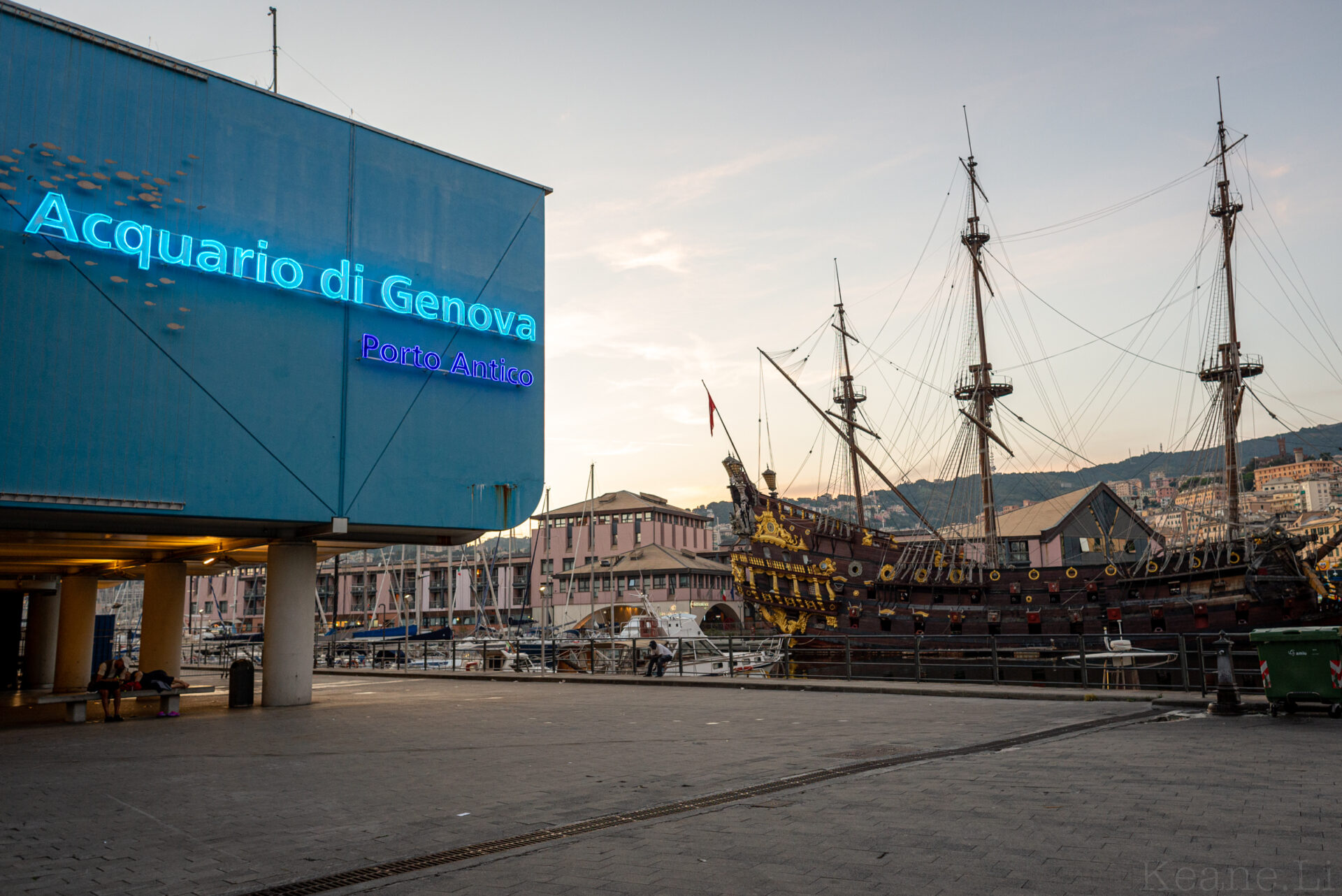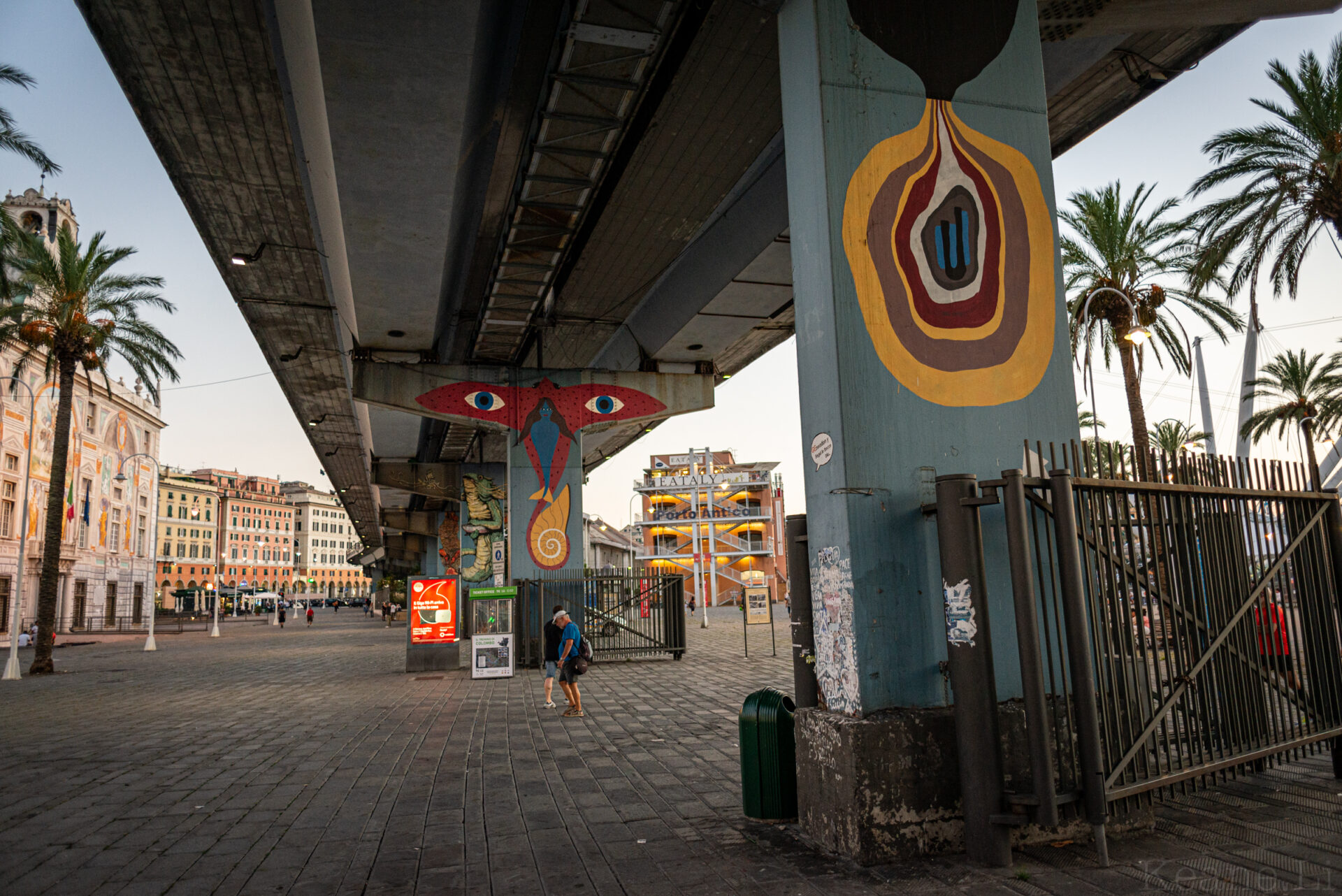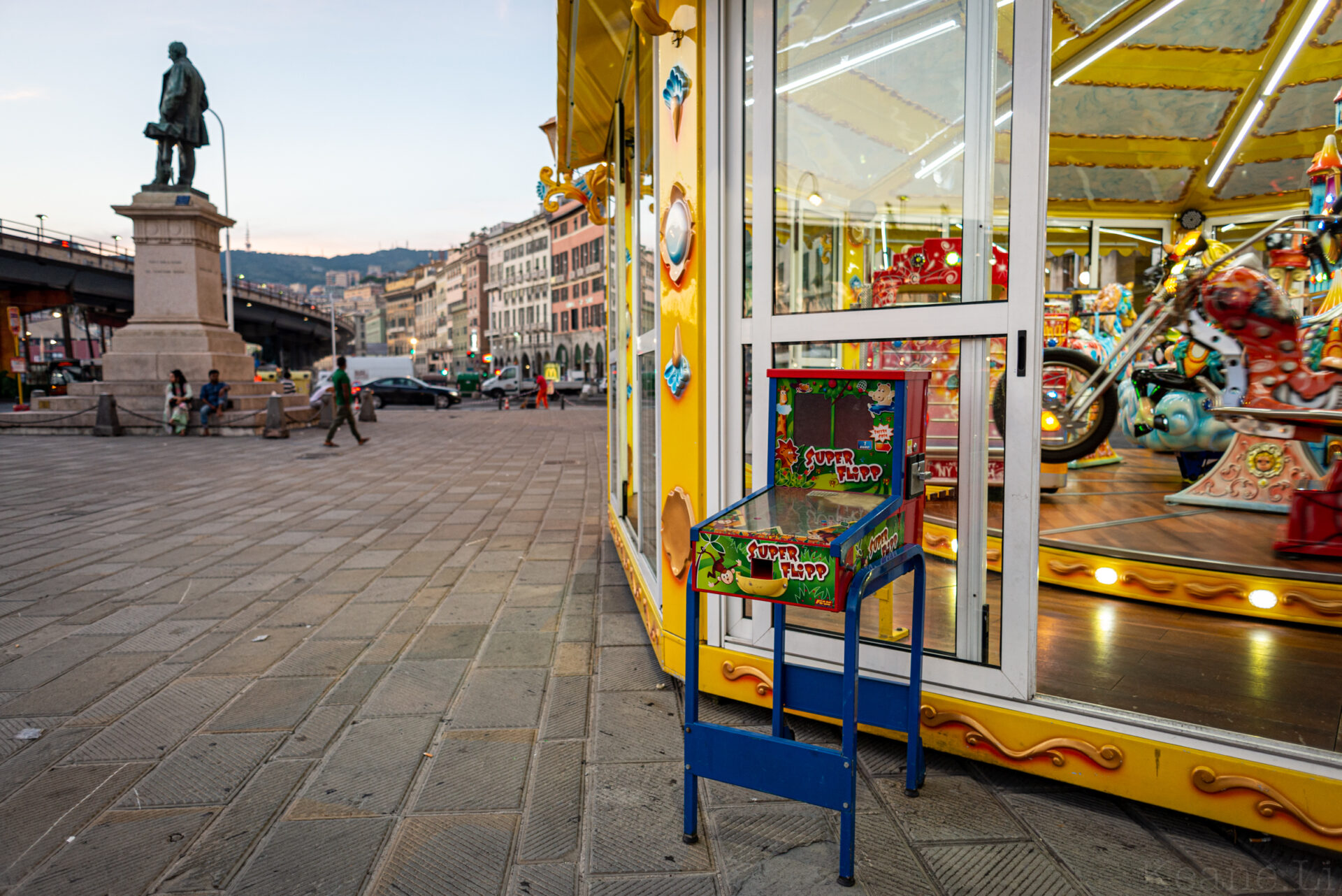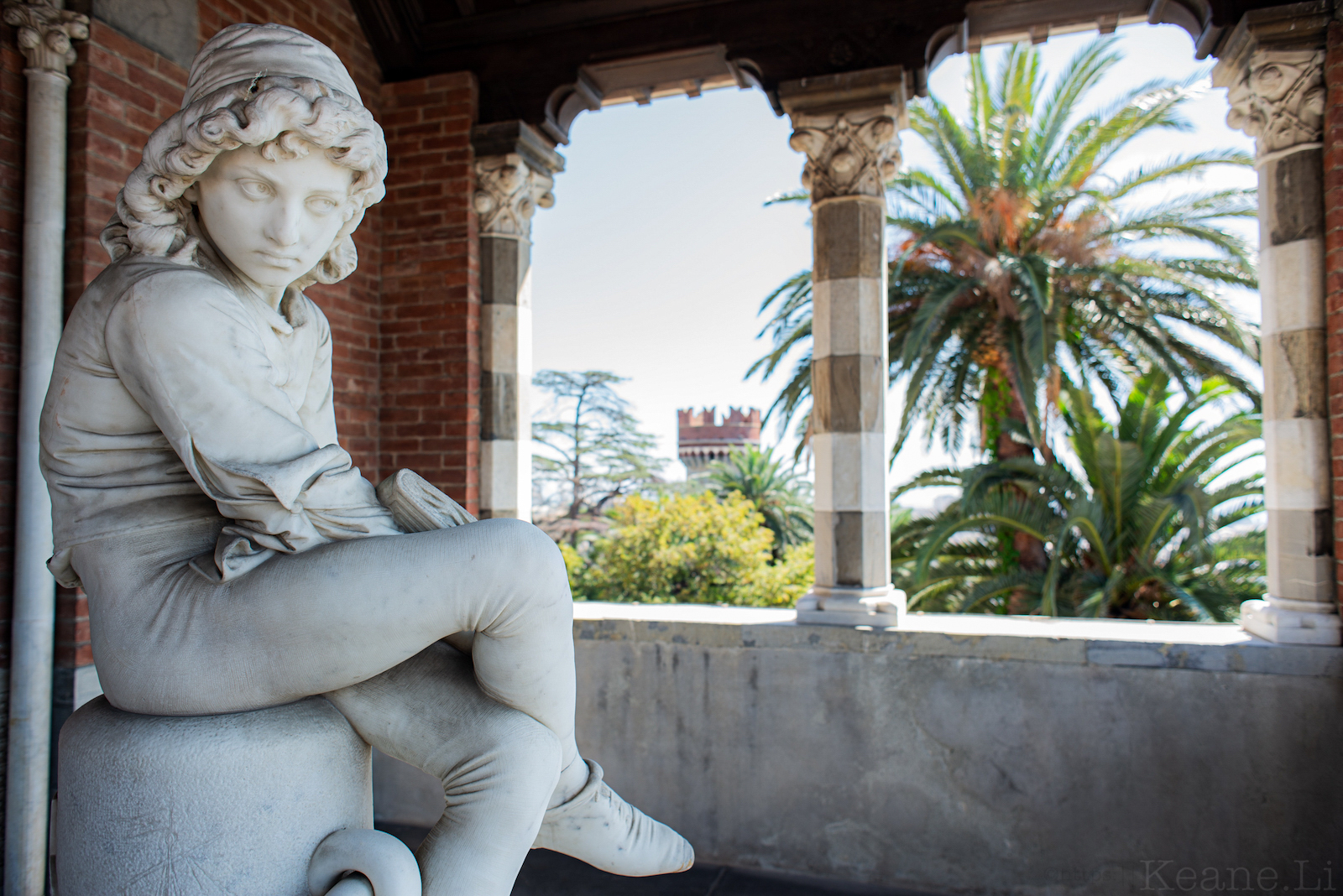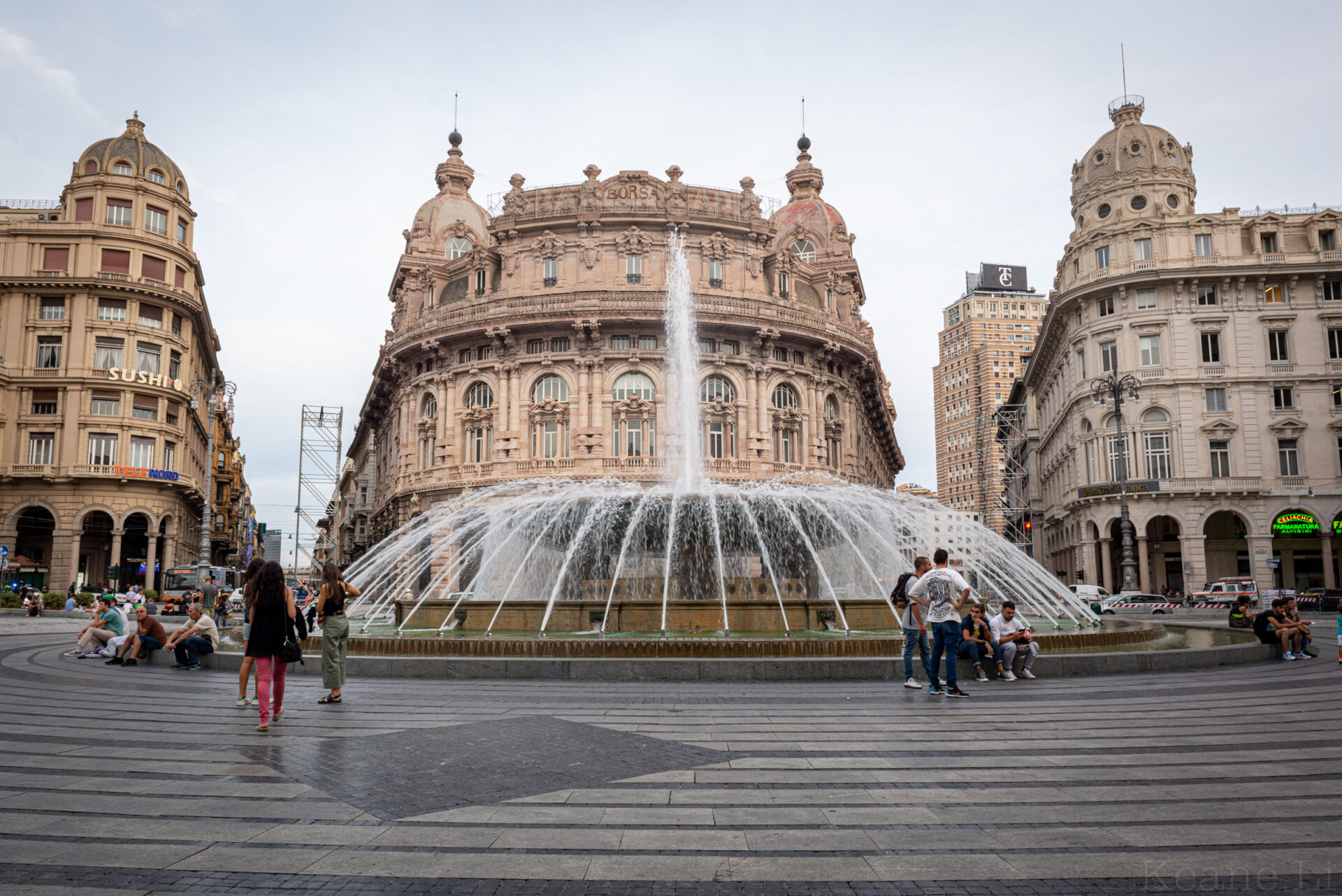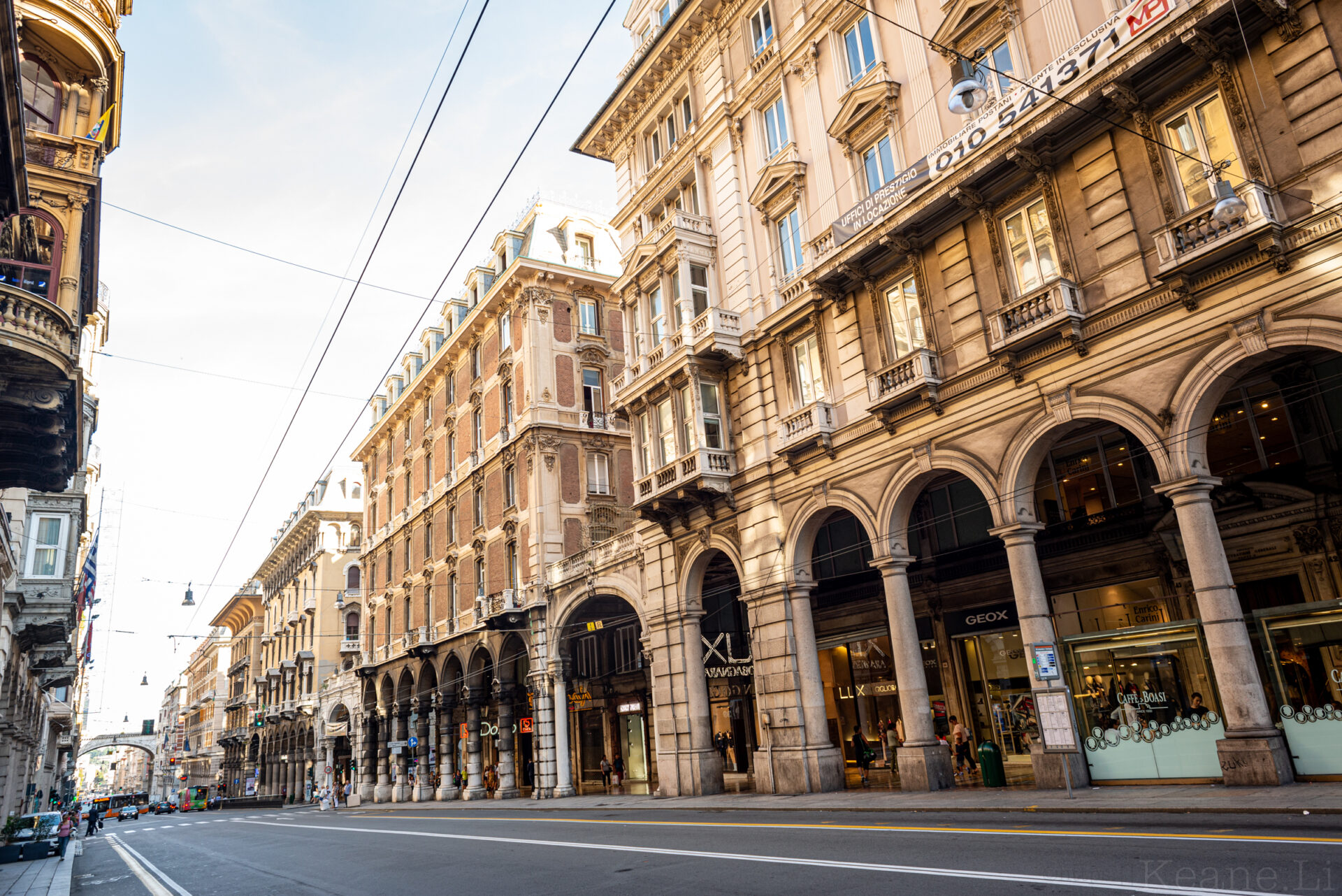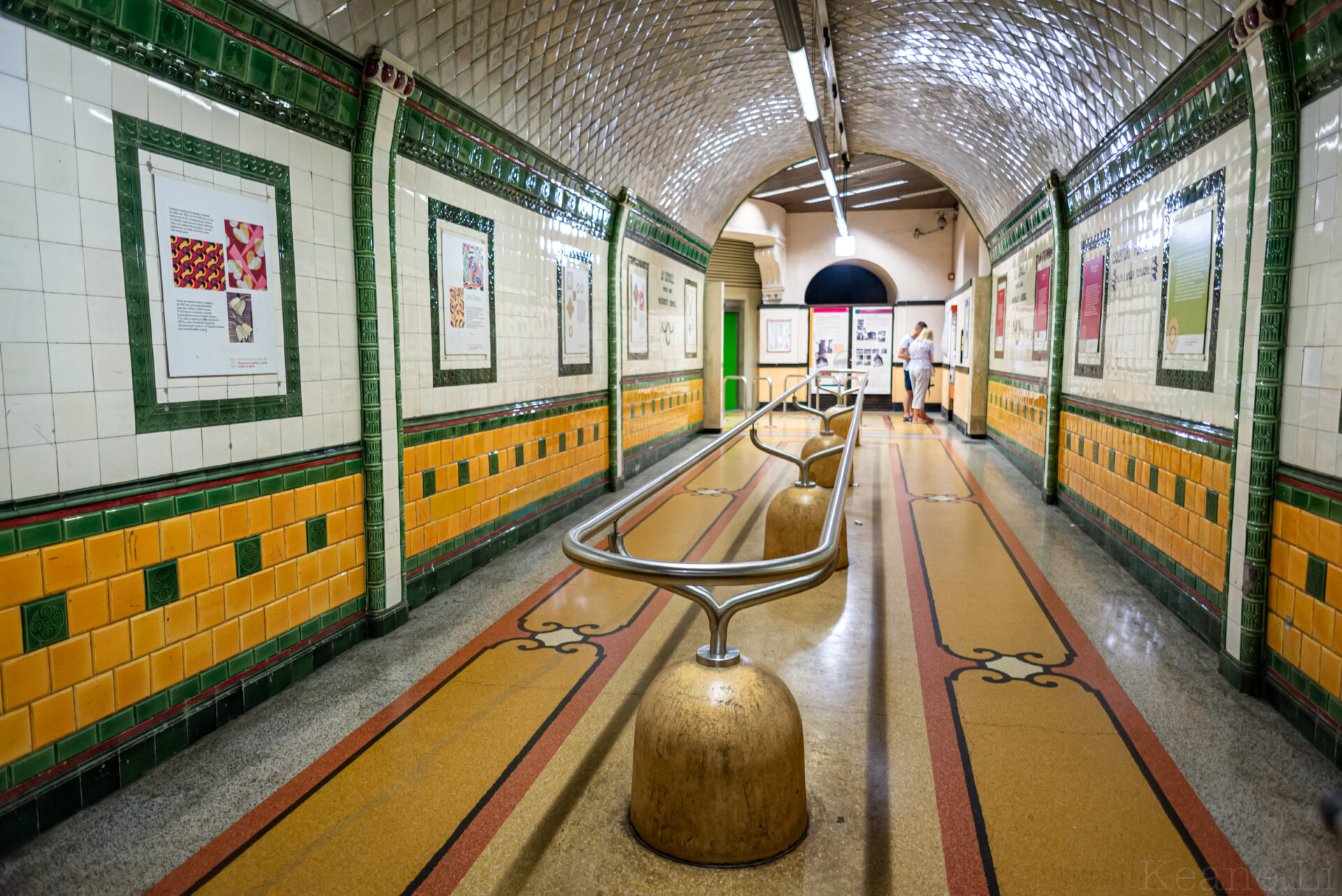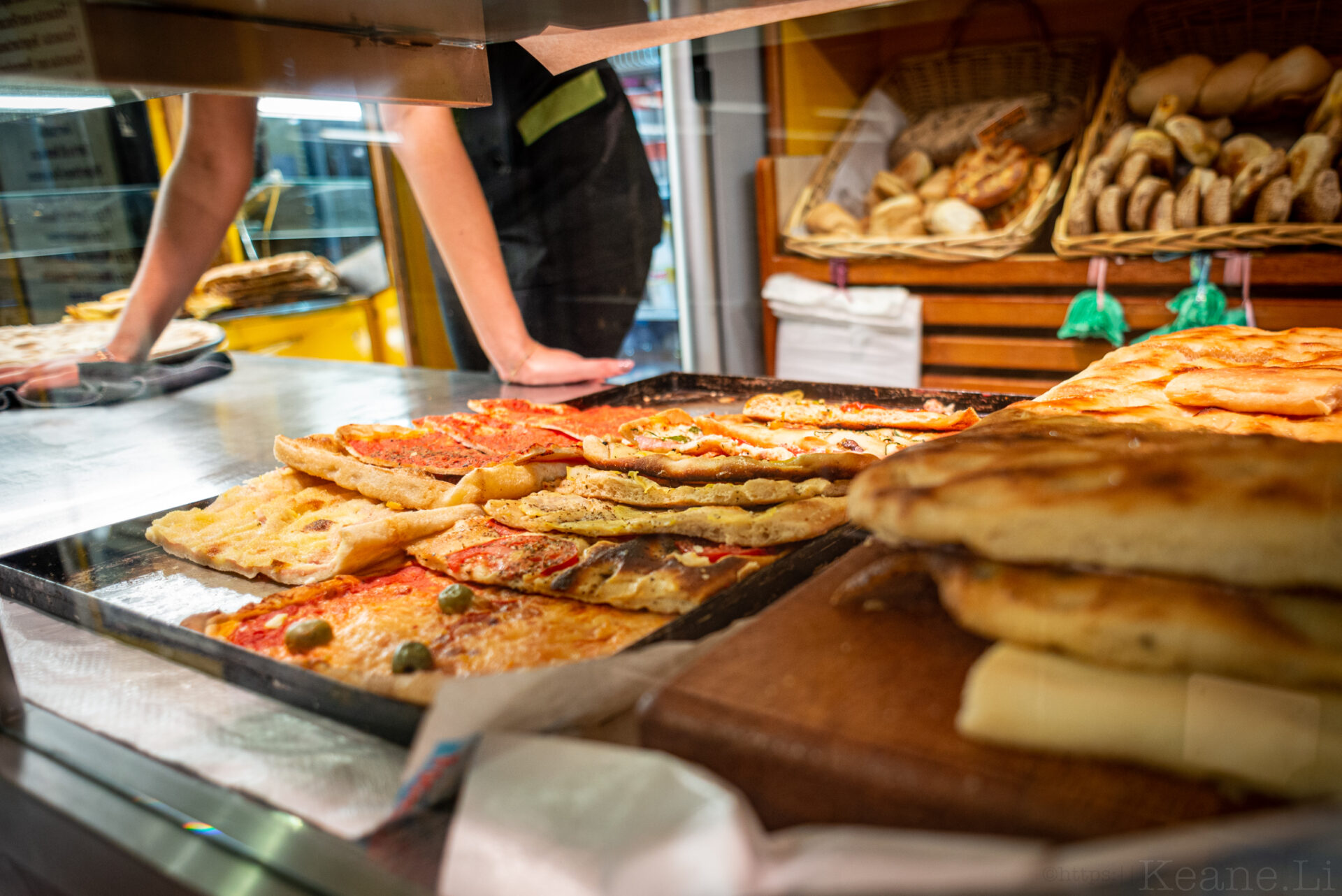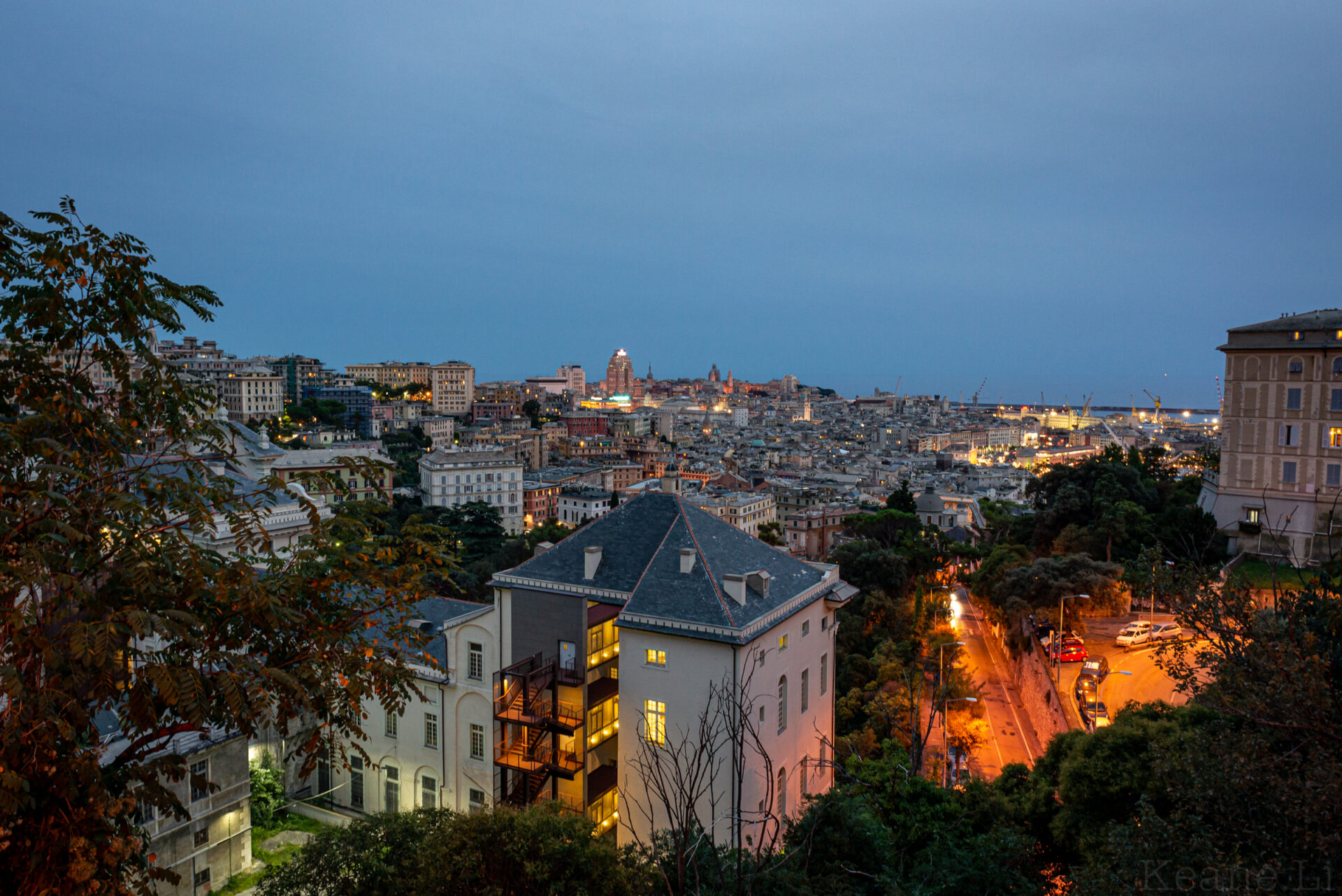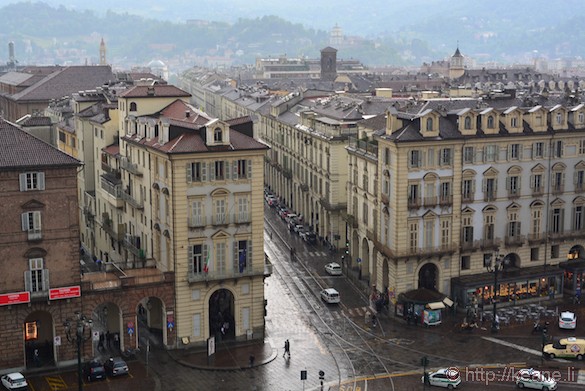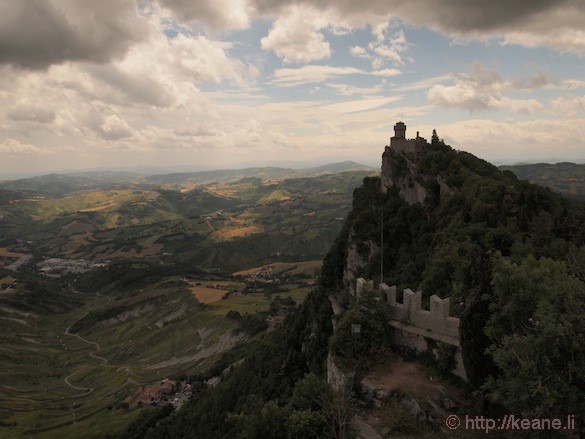Genoa’s been around. Since the establishment of the Republic of Genoa (Genova, in Italian) in 1005, this major Italian port has been a power in the Mediterranean, fought with that other seaside republic called Venice, participated in the Crusades and was the inadvertent entry point of the Black Death into Europe in the Middle Ages (rats!). Today, the city remains as important as ever, serving as Italy’s busiest port.
Genoa is also one of the most unique cities in the country. With tall hills rising inland, a long waterfront against the Ligurian Sea and narrow alleys forming the mysterious centro storico (historic center) in between, the variation in geography adds much flavor. Le Strade Nuove (the New Streets, such as the beautiful Via Giuseppe Garibaldi, built by the Genoese aristocracy of the Renaissance) and the Palazzi dei Rolli (Palaces of the List) of the historic center are even designated as a UNESCO World Heritage Site. The city is full of palaces, and you could easily spend much time exploring each of these luxurious homes. One shining example is the Museo di Palazzo Reale (Royal Palace Museum), a large pink structure with a stunning mirror gallery inside.
The city is also the birthplace of Christopher Columbus, and history lovers can visit a recreation of his humble house. For more Columbus, head to the hills, up to the tranquil Castello d’Albertis. This castle-museum offers views of the city along with its beautiful interior. And on one of the patios, you can find the statue of Columbus as a boy by Giulio Monteverde, an Italian naturalist sculptor of the late 1800s.
Getting up into the hills can require a bit of a walk, but Genoa has a cool solution: the ascensori (elevators). These passenger cars are essentially large elevators that travel horizontally, then vertically. Being in one of them is a real trip (literally and figuratively), and they are very cheap to ride. Even the vintage stations are a pleasure to see; they themselves are a remnant of the past. Check out this short time-lapse video of an elevator ride in Genoa.
Pro-tip: Be careful when relying on Google Maps for walking directions; sometimes it will tell you to go up one staircase that you’ll discover is marked private. It’s better to ask a local for directions and get to where you’re going the old-fashioned way.
The city’s most notable church is the Cattedrale di San Lorenzo (the Genoa Cathedral or Duomo). Narrow alleys open up to its courtyard in the historic center. Nearby, the streets open up further for the expansive Piazza de Ferrari. This is a stunning space with an energetic fountain and the photogenic “Genova” sign. Attached streets Via Roma and Via XX Settembre offer all sorts of shopping. Heading westward along the latter brings you to the Arco della Vittoria (Arch of Victory) and the Scalinata delle Tre Caravelle (Staircase of the Three Caravels), a series of stairs that takes you above the city for an impressive view.
Perhaps the most important part of visiting the region of Liguria, of which Genoa is the capital, is for the food. Pesto is a product of this region, as Liguria is known for high quality basil. Another notable item is focaccia, also originally from this region, and this can also be found in a number of eateries. Pastificio Artigianale di Canneto is a fast option for affordable freshly made pasta, a place suitable for solo travelers. The trofie al pesto is a good dish to try, since both the pasta and pesto are typical of the city. Being a seaside city, seafood lovers ought to rejoice at the bounty Genoa can serve. A great place to try traditional seafood dishes is at Trattoria Ugo. For a drink before or after, the Antica Vineria della Marchesa is a lovely family-owned bar. They even give you a nice basket of soft and savory focaccia with your drink.
Finally, a top attraction in Genoa is the Acquario di Genova (Aquarium of Genoa), the largest aquarium in Europe. I’m not sure how I feel about this aquarium; they seem to do good work and are affiliated with the Pelagos Sanctuary, which aims to protect marine life in a section of the Mediterranean, yet they also have dolphin tanks and animal shows inside the aquarium. I would be much more for it if not for this, but unfortunately dolphins simply don’t belong in tanks, no matter how modern or fancy they are, or in shows.
Many travelers overlook Genoa for popular draws like Venice and Florence, but much of what one discovers here cannot be found in other Italian cities. The geography, the unique historic center, the amazing food and the friendly people make Genoa a city truly worth visiting.
Important: Visitors of Genoa should take note that on the 14th of August, 2018, the Morandi Bridge collapsed, tragically killing 43 people and leaving many homeless. If you happen to find yourself in the city during the anniversary of this date, you ought to be especially respectful of any moments of silence or commemorations.
Like this post? Join me on Instagram, Facebook and Twitter for more updates!
